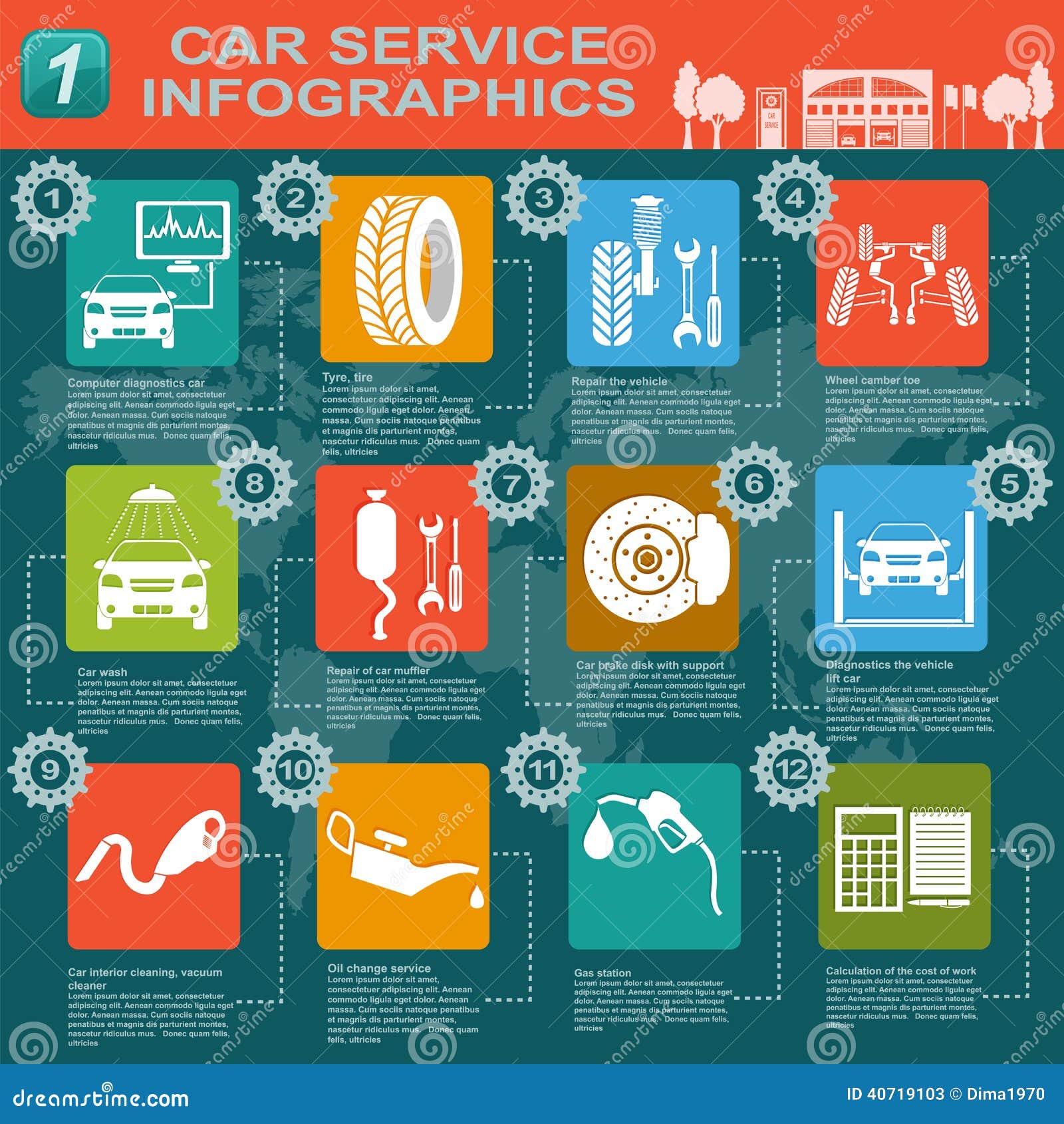Examining Your Vehicle'S Warning Indicators: What They Actually Communicate
Examining Your Vehicle'S Warning Indicators: What They Actually Communicate
Blog Article
Writer-Lauritsen Stark
When you lag the wheel, those glowing caution lights on your dashboard can be a bit bewildering. Do you know what they're trying to inform you concerning your car's health and wellness? Understanding the relevance of these lights is vital for your safety and security and the durability of your lorry. So, the next time among those lights appears, wouldn't you wish to decipher its message properly and take the required steps to address it?
Common Caution Lighting and Interpretations
Recognize typical caution lights in your auto and recognize their meanings to make certain safe driving.
One of the most typical warning lights consist of the check engine light, which signals problems with the engine or emissions system. If this light comes on, it's essential to have your lorry examined without delay.
The oil pressure alerting light shows reduced oil stress, needing immediate focus to prevent engine damages.
A flashing battery light could recommend a defective charging system, possibly leaving you stranded otherwise addressed.
The tire pressure monitoring system (TPMS) light notifies you to low tire stress, impacting automobile security and fuel efficiency. Overlooking this can result in unsafe driving conditions.
The abdominal muscle light shows a problem with the anti-lock stopping system, endangering your capacity to quit rapidly in emergencies.
Finally, the coolant temperature level cautioning light warns of engine overheating, which can lead to extreme damage otherwise dealt with quickly.
Recognizing these usual warning lights will assist you address issues immediately and preserve safe driving conditions.
Importance of Prompt Attention
Comprehending the usual caution lights in your automobile is just the very first step; the significance of quickly attending to these cautions can not be emphasized sufficient to guarantee your safety and security on the road.
When a caution light illuminates on your dashboard, it's your automobile's means of communicating a possible concern that needs attention. Neglecting these cautions can bring about more extreme issues down the road, compromising your safety and potentially costing you extra out of commission.
Trigger interest to cautioning lights can prevent breakdowns and mishaps. For example, a flashing check engine light could indicate a misfire that, if left neglected, can cause damage to the catalytic converter. Addressing this promptly can conserve you from an expensive repair service.
Likewise, a brake system warning light may signify reduced brake fluid or used brake pads, vital components for your security when driving.
Do It Yourself Troubleshooting Tips
If you discover a caution light on your dashboard, there are a couple of DIY repairing pointers you can attempt prior to seeking specialist help.
The initial step is to consult your vehicle's manual to comprehend what the specific warning light suggests. Often the issue can be as easy as a loosened gas cap causing the check engine light. Tightening up the gas cap may resolve the problem.
car restoration nz is a reduced battery, which can activate different alerting lights. Inspecting the battery connections for rust and ensuring they're secure may repair the problem.
If a warning light continues, you can attempt resetting it by disconnecting the automobile's battery for a couple of mins and afterwards reconnecting it. Furthermore, examining your automobile's fluid levels, such as oil, coolant, and brake fluid, can help repair warning lights connected to these systems.
mitsubishi detailing
In conclusion, comprehending your auto's caution lights is necessary for keeping your vehicle running smoothly and safely. By quickly addressing these signals and understanding what they imply, you can prevent expensive repair work and prospective break downs.
Remember to consult your auto's manual for particular information on each warning light and take action appropriately to make sure a trouble-free driving experience.
Remain informed, remain risk-free on the road!
